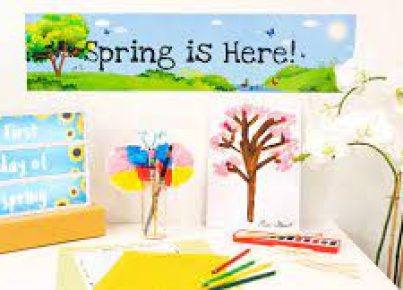Introduction:
Every year, as October 31st draws near, children all around the world look forward to the spooky fun and excitement that Halloween brings. With its origins rooted in ancient Celtic harvest festivals, Halloween has transformed into a day filled with costumes, trick-or-treating, and delicious candy. Yet, despite its importance in popular culture, many schools have chosen to cut Halloween celebrations from their curriculum. But why should this be the case? After all, Halloween is for kids and schools serve our youngest citizens.
The Importance of Halloween in Childhood:
For children, Halloween represents an escape from reality, allowing them to lose themselves within a world of imagination as they don their chosen costume. It promotes creativity and encourages self-expression as kids develop their own unique looks based on their favorite characters or concepts. Additionally, Halloween provides an opportunity for children to engage in social activities outside of school hours, building valuable interpersonal skills and bonds with their peers through communal trick-or-treating.
Inclusion and Sensitivity in School Celebrations:
Many schools argue that the reason behind banning or severely limiting Halloween festivities is due to religious or cultural sensitivity concerns. While it is important to respect the beliefs and customs of every student within diverse school environments, it is essential to recognize that inclusion does not necessarily mean exclusion. Schools can provide alternative activities or celebrations for those who do not wish to participate in Halloween-themed events or educate students about other fall traditions celebrated by different cultures.
Incorporating Educational Benefits:
Opponents of school-based Halloween celebrations may argue that these festivities take away from valuable instructional time that should be devoted solely to academics. However, integrating Halloween themes into lessons can actually enhance learning experiences for students. Teachers can use pumpkin carvings as a creative way to explore symmetry in geometry, assign readings from clasic spooky literature such as Edgar Allan Poe’s works or conduct science experiments incorporating Halloween themes like exploring chemical reactions through glow-in-the-dark slime creations.
Promoting Healthy Balance in School Life:
Schools are not just for academic growth but also serve to inspire a well-rounded and balanced life for children. Allowing students to engage in the whimsical celebration of holidays like Halloween at school helps them build cherished memories, emotional connections, and positive associations with their educational environment. Striking the right balance between academic pursuits and non-academic activities is essential in order to foster a healthy development of social and mental well-being.
Conclusion:
By recognizing the important role that Halloween plays in childhood, schools can adapt their practices to allow students a chance to participate in this unique and exciting holiday. Through a blend of inclusive celebrations, educational integration, and promoting a balanced school life, educators can help create lasting memories for their students. After all, Halloween is for kids – so why shouldn’t they be able to celebrate it within the walls of their schools?





